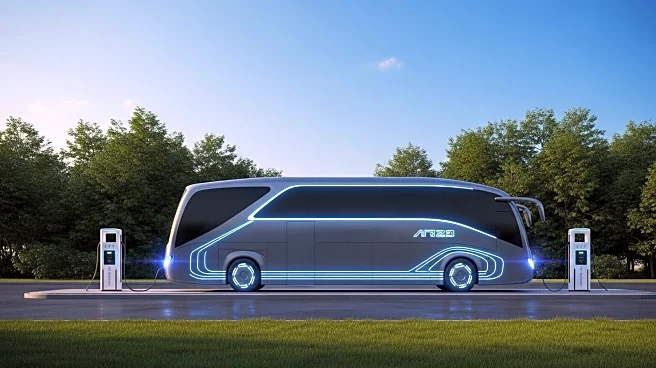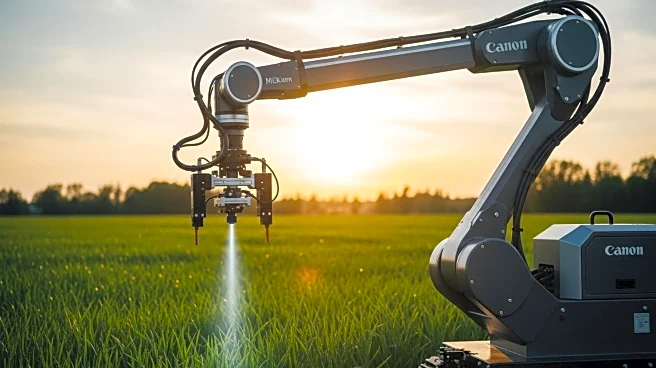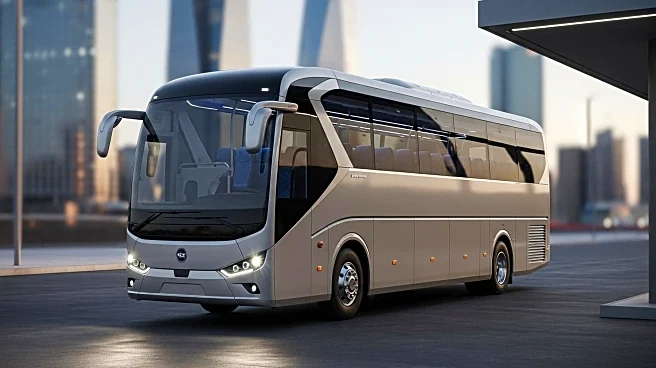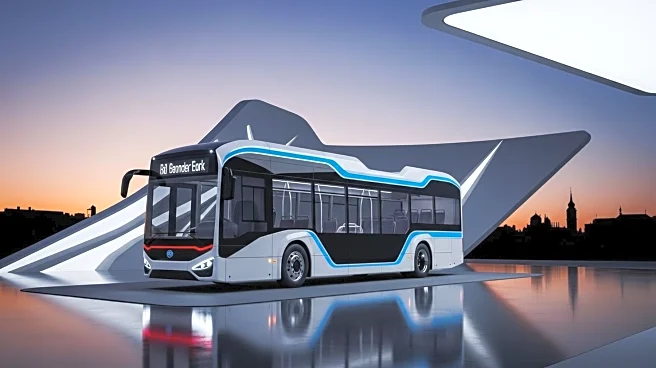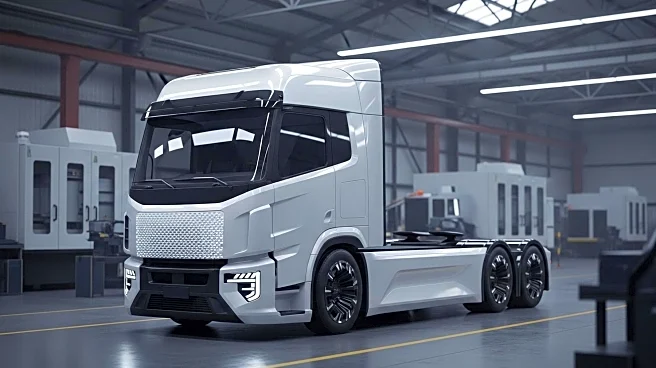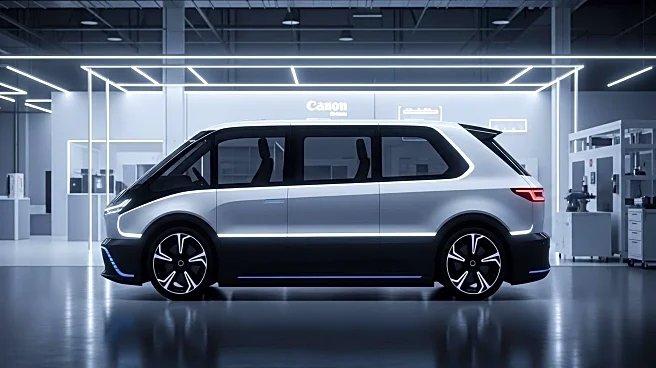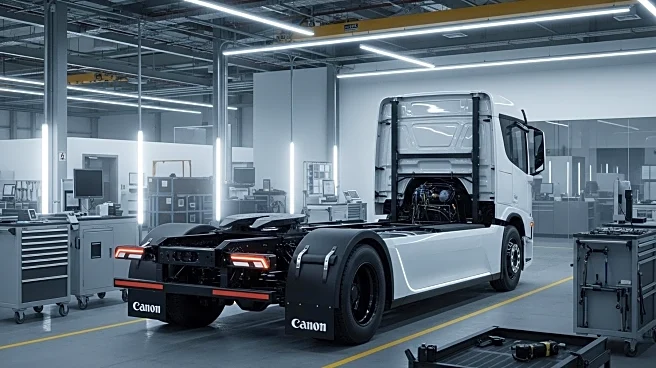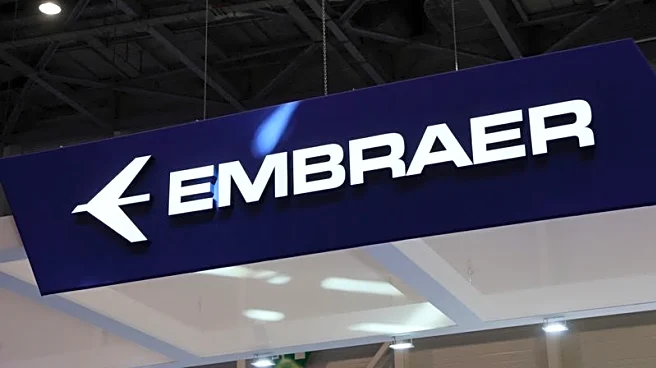What is the story about?
What's Happening?
Scania has unveiled its first battery-electric coach platform at Busworld Europe 2025, joining the competitive electric coach market alongside Volvo and MAN. The Swedish manufacturer's new high-floor BEV offers a range of up to 600 km on a single charge, slightly behind Volvo's 700 km platform and MAN's 650 km Lion's Coach 14 E. Scania's entry comes as the electric bus and coach market is projected to grow significantly, driven by regulatory pressures for zero-emission bus procurements in countries like Denmark, New Zealand, and the Netherlands. The platform features a 534 kWh installed battery capacity and a 330 kW electric motor, with fast charging capabilities up to 325 kW.
Why It's Important?
Scania's entry into the electric coach market is significant as it reflects the rapid maturation of the segment, with major manufacturers now offering platforms that make electric coaches viable for inter-city and regional routes. The projected growth of the market to $37.5 billion by 2030 underscores the increasing demand for sustainable transport solutions. Scania's emphasis on maintaining luggage capacity comparable to diesel coaches addresses a critical concern for tour operators, potentially enhancing the appeal of electric coaches.
What's Next?
Scania's strategy includes bundling the platform with charging infrastructure services, such as smart charging systems and access to public networks for heavy commercial vehicles. This ecosystem approach may prove decisive for operators balancing upfront investment against long-term savings. As regulatory mandates accelerate, Scania's entry positions the company to compete in a rapidly expanding market, with the potential to capture significant market share.
Beyond the Headlines
Scania's approach highlights the importance of coordinated solutions in the transition to electric vehicles. By offering infrastructure support alongside the vehicle, Scania acknowledges that successful electrification requires more than just technological advancements. This strategy may influence other manufacturers to adopt similar approaches, fostering a more integrated and sustainable transport ecosystem.
AI Generated Content
Do you find this article useful?
